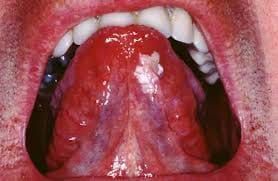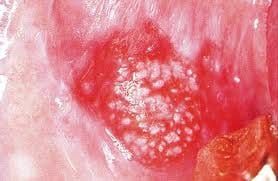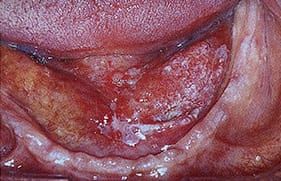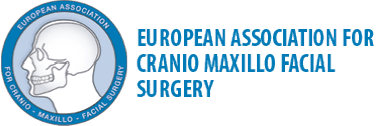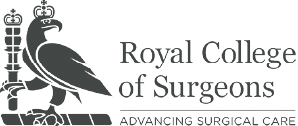Oral Medicine
The mouth is susceptible to a host of lumps and lesions, often many of these are part of normal anatomy of your mouth but some are abnormal. If you are unsure whether a lump in your mouth is normal then it is best to seek advice.
Consultation:
Mr Duncan will examine your oral cavity at the initial consultation, and depending upon the signs, symptoms that you present with, he will determine a working diagnosis (provisional diagnosis).
Biopsy:
He may need to biopsy the area of interest which involves taking a small sample of the abnormal area from your mouth. This specimen is then sent to a laboratory and examined with a microscope and obtain a definitive diagnosis. That way, he will know exactly what the lesion/lump/area of concern is and how to accurately direct further management.
If needed, the biopsy, is often carried out at the initial consultation appointment. This is a quick procedure and is painless as the area is numbed with local anaesthetic. Any discomfort following the procedure is easily controlled with simple painkillers.
Some commonly arising lumps and abnormalities include:
- fibrous polyps
- mucous cysts (mucoceoles)
- mouth ulcers
- lichen planus
- geographic tongue
- viral infections
- oral thrush
The majority of lumps and patches in the mouth are easily identifiable and can be treated successfully. On rare occasions these can be sinister and it is important to rule out other causes including oral cancer.
Fibrous Polyp
These are benign simple swellings usually caused by trauma from cheek or lip biting. They are quickly and easily removed painlessly under local anaesthetic. Once removed they are unlikely to recur.
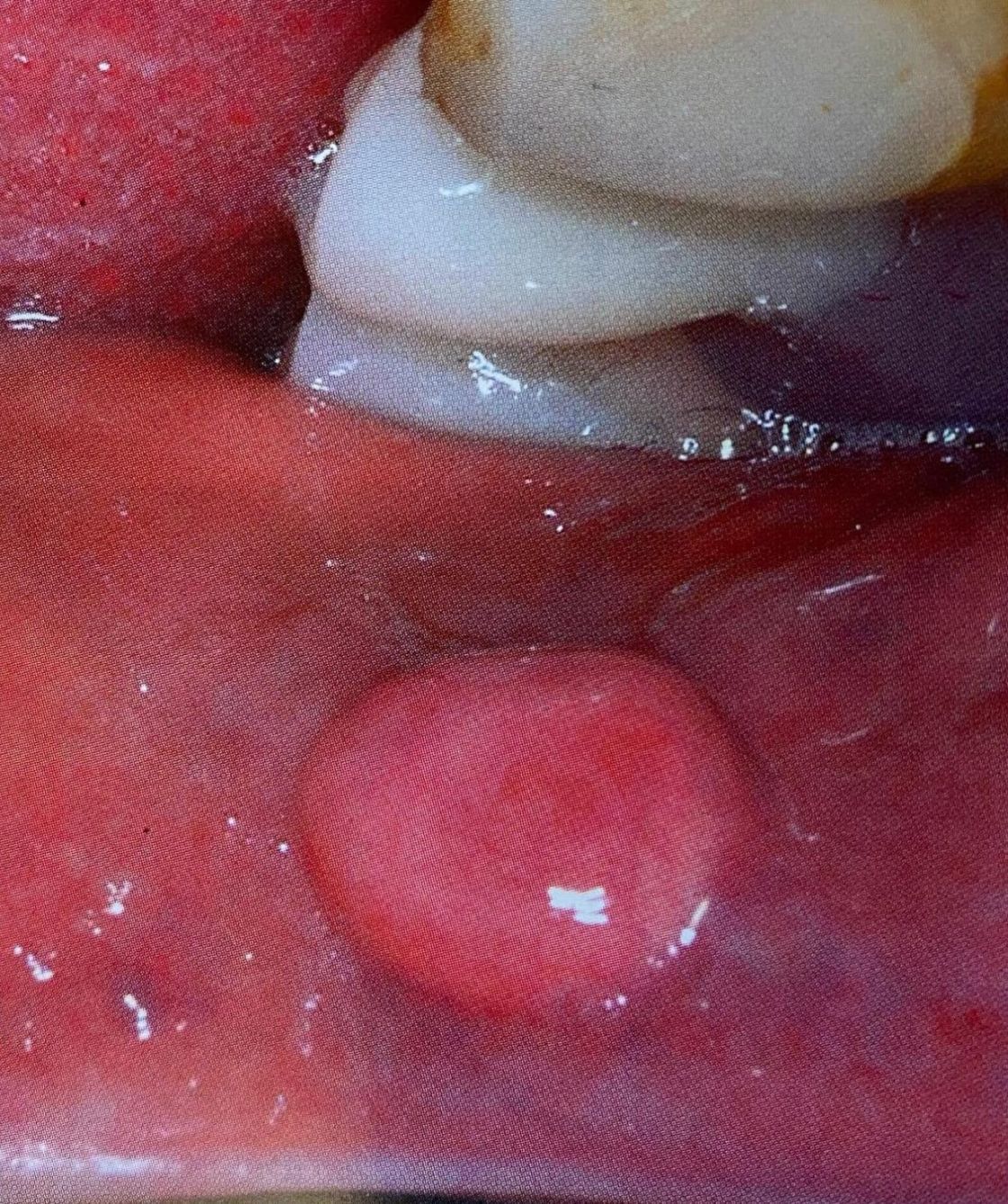
Mucoceoles
These are minor salivary gland swellings and are very common particularly in children. They are often caused by lip biting, causing trauma to the underlying small salivary glands. These benign cysts can be removed as a simple, painless procedure under local anaesthetic, requiring 2-3 stitches only.
Oral Ulceration
Mouth ulcers are breaches within the lining of the mouth (mucosa). They can be very painful especially if they reoccur frequently. There are many causes of mouth ulcers and it is important to identify the particular cause. It is common to carry out a simple blood test to identify any abnormalities.
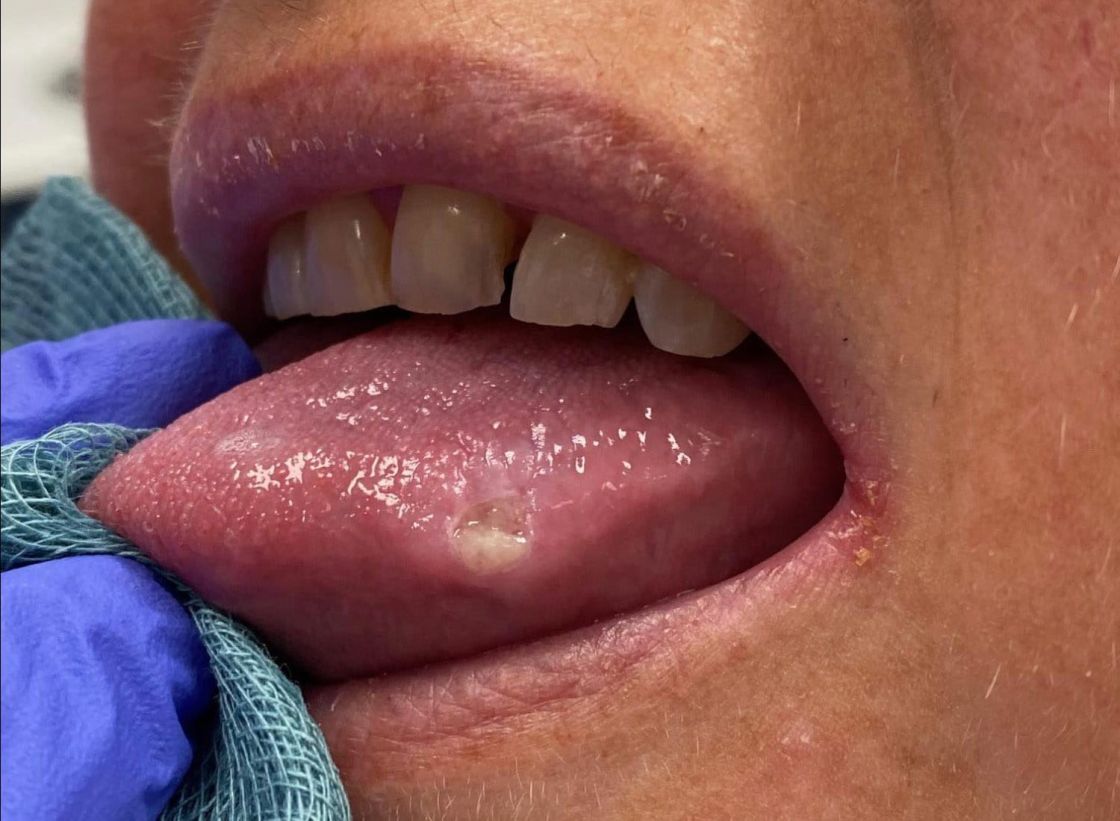
Lichen Planus
This is very common in the mouth and often people are unaware of having it. However, sometimes it can be painful especially when eating certain acidic or spicy foods. It typically presents in the cheeks, often on both sides. There are different types and it can appear as white or red patches, lumps or ulcers.
Treatment involves a biopsy to determine which type of lichen planes it is. The management will depend upon the type but common treatments include:
- removing dental amalgam fillings if the lesions are closely related to these metal restorations,
- improving oral hygiene
- using mouthrinses (chlorhexidine, hot salty water, topical steroid mouthwashes)
- short course of steroid tablets in severe cases.

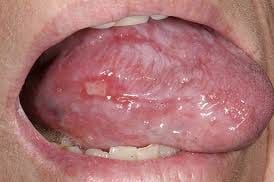
Geographic tongue (Erythema migrans)
Geographic tongue is a common cause of a sore tongue. It often appears as red patches on the tongue which vary in position from day to day. It is usually diagnosed by a simple blood test. The soreness is managed easily using mouthwashes.
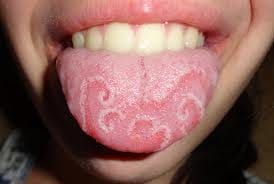
Viral infections
Many viruses can cause lumps and pain in the mouth. A common one is coldsores (caused by the herpes virus). Generally they clear up when the virus has run its course and supportive care, with adequate fluid intake, paracetamol/analgesics, soft bland diet and good oral hygiene is adequate. Sometimes they may require further treatment with mouthrinses and possibly antiviral medication (aciclovir).
Herpes Zoster (‘Shingles’) – always affects one side of the body – note ulcers on the right side of the tongue Candidal infection – has many presentations and manifests with red and white patches, some of which can be scraped off the lining of the mouth (oral thrush). Treatment includes correcting the cause (removing dentures, improving oral hygiene) and antifungal medication.
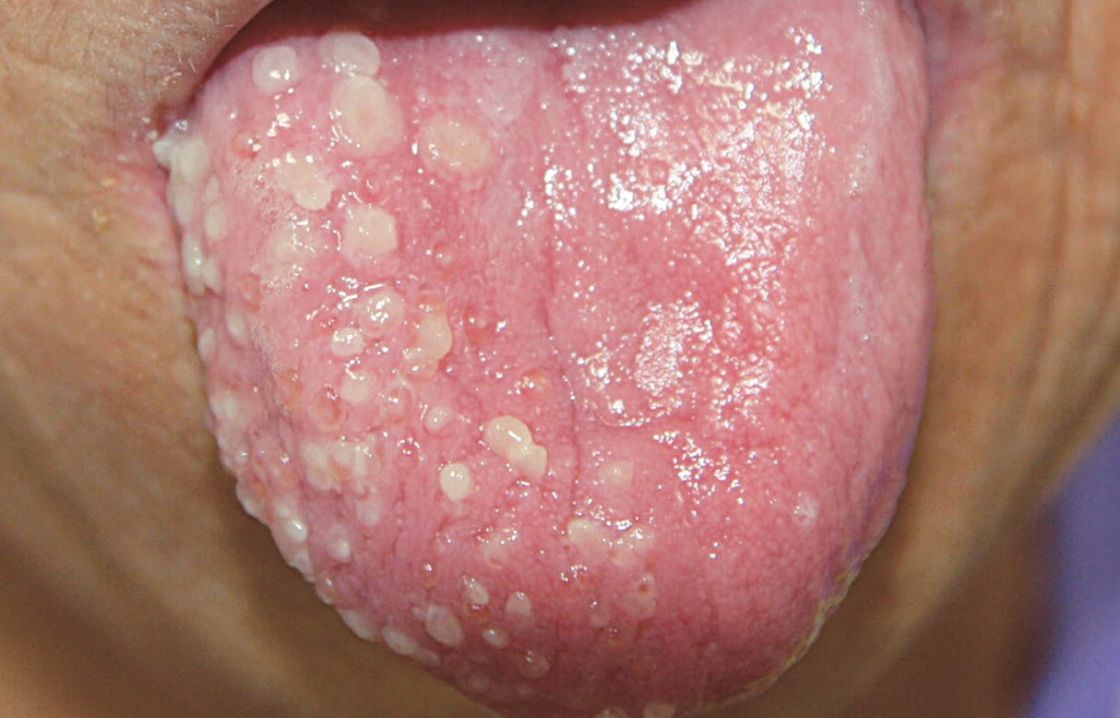
Oral Thrush
This is a common fungal infection which can affect other areas of the body as well. In the mouth it often presents as white patches on the roof of the mouth or inside the cheeks. The diagnosis is confirmed by taking a swab of the affected area and it is easily treated with medication.
Sometimes it can appear as a red patch. This is common in denture wearers, especially if the dentures are not removed at night. Denture-induced stomatitis can be treated with a combination of thrush mediations and advice. Sometimes it will require new dentures to be made if existing dentures are ill fitting or old.
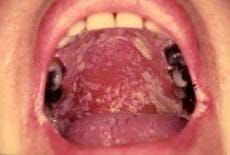
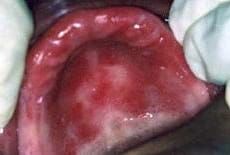
The majority of lumps and patches in the mouth are easily identifiable and can be treated successfully. On rare occasions these can be sinister and it is important to rule out other causes including cancer.
Leukoplakia
This is a term used to describe white patches of an unknown cause. It is defined by WHO (World Health Organisation) as ‘clinical white patches that cannot be wiped off the mucosa and cannot be classified as any other disease entity’.
A biopsy is essential when this lesion is suspected as they can potentially be cancerous. Treatment involves removing risk factors (smoking/alcohol) and removal of dysplastic tissue (abnormal cells) either by surgery or laser. Mr Duncan will discuss the treatment options in detail if this lesion is clinically present.
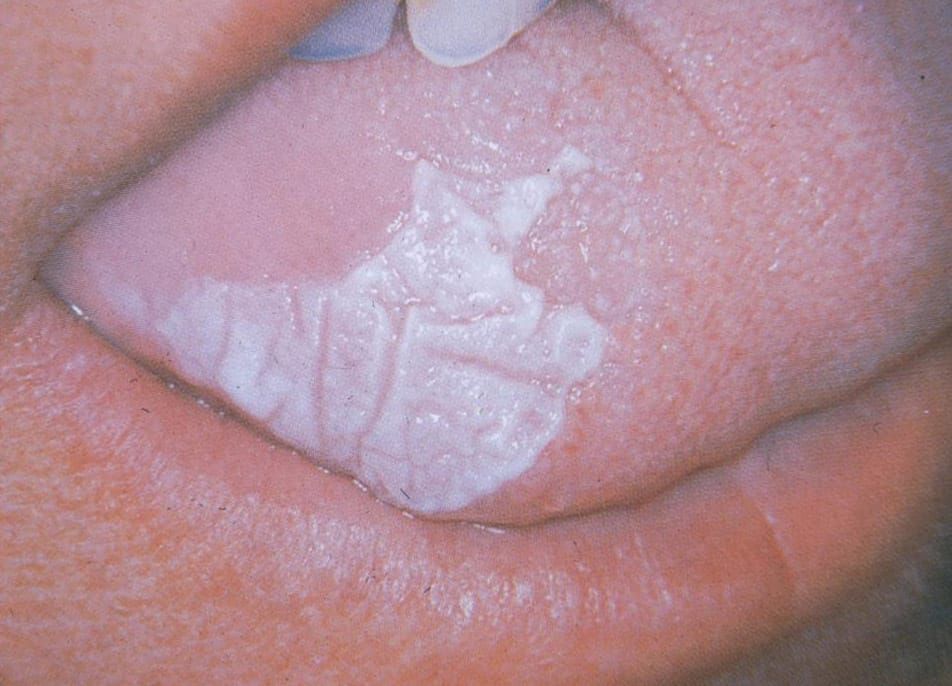
Oral Cancer
Some lesions in the mouth can contain abnormal cells – and these cellular abnormalities can occasionally lead to cancer. Dysplasia is the term used to describe the abnormal mucosal architecture prior to cancerous change. There are various severities of dysplasia, (mild, moderate and severe) and the biopsy will provide this information. Treatment depends upon the severity of dysplasia, in the severe forms will almost certainly involve surgical removal.
Oral cancer is rare, but if the lesion in your mouth has been reported on biopsy as showing a cancer, you will be fast-tracked to the local MDT (Multi-Disciplinary Meeting) as an urgent case. Your treatment will be discussed with you following the outcome of the MDT meeting.
